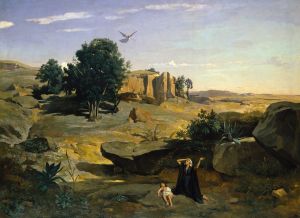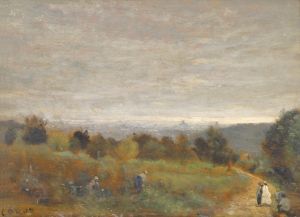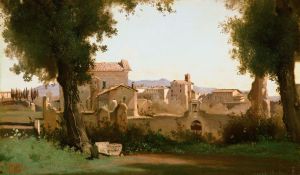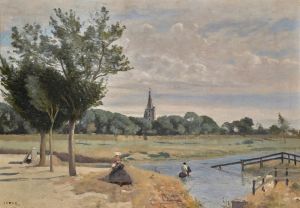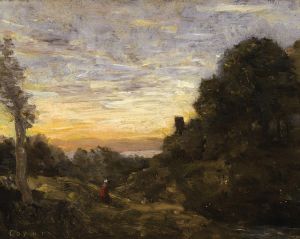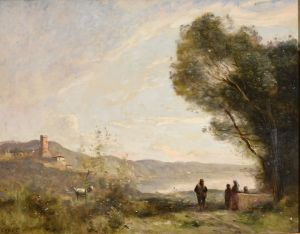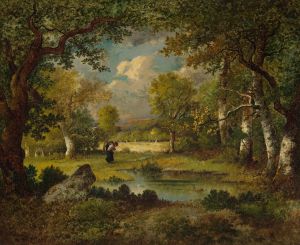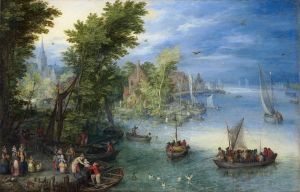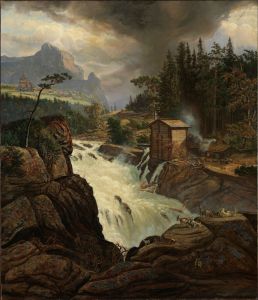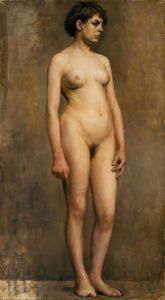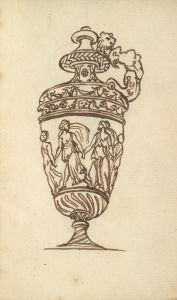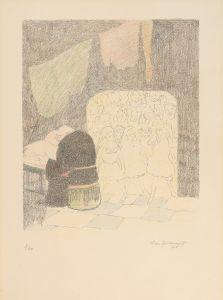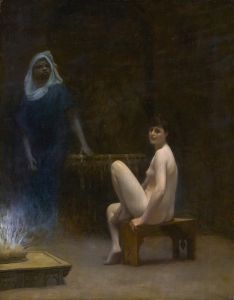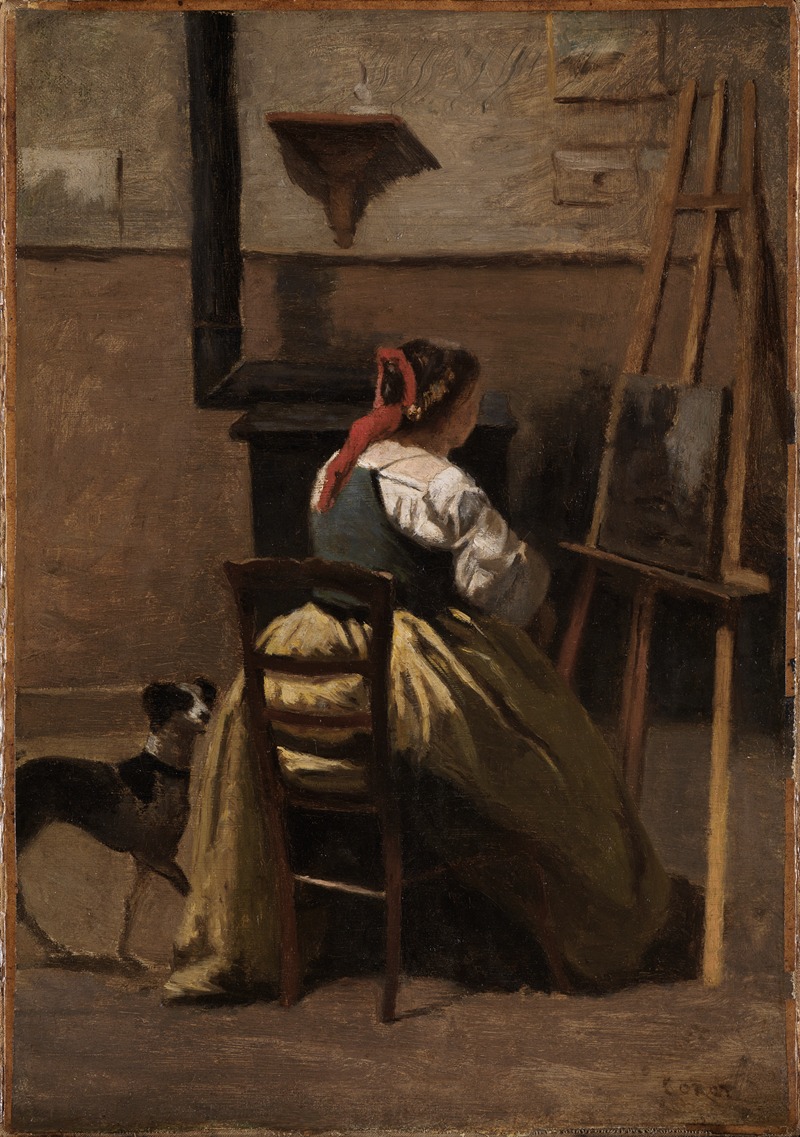
L’Atelier de Corot
A hand-painted replica of Jean-Baptiste-Camille Corot’s masterpiece L’Atelier de Corot, meticulously crafted by professional artists to capture the true essence of the original. Each piece is created with museum-quality canvas and rare mineral pigments, carefully painted by experienced artists with delicate brushstrokes and rich, layered colors to perfectly recreate the texture of the original artwork. Unlike machine-printed reproductions, this hand-painted version brings the painting to life, infused with the artist’s emotions and skill in every stroke. Whether for personal collection or home decoration, it instantly elevates the artistic atmosphere of any space.
Jean-Baptiste-Camille Corot, a pivotal figure in 19th-century landscape painting, is renowned for his contributions to the Barbizon School and his influence on the Impressionist movement. One of his notable works, "L’Atelier de Corot," reflects his unique approach to capturing the interplay of light and nature, although specific details about this particular painting are not extensively documented.
Corot was born in Paris in 1796 and began his artistic career relatively late, at the age of 26, after working in the family textile business. He studied under Achille-Etna Michallon and later Jean-Victor Bertin, both of whom were proponents of neoclassical landscape painting. Corot's early works were influenced by these teachings, but he gradually developed a more personal style that emphasized naturalism and the transient effects of light.
"L’Atelier de Corot" is believed to be a representation of the artist's studio, a space that would have been central to his creative process. Corot's studio was not just a place for painting; it was a sanctuary where he could experiment with different techniques and compositions. The painting likely captures the essence of this environment, reflecting Corot's dedication to his craft and his deep connection to the natural world.
Corot's technique often involved plein air painting, where he would sketch outdoors to capture the immediate effects of light and atmosphere, and then refine these sketches into more finished works in his studio. This method allowed him to blend realism with a poetic sensibility, a hallmark of his style. His ability to convey mood and emotion through subtle gradations of light and shadow set him apart from his contemporaries.
Throughout his career, Corot was celebrated for his ability to depict the serenity and harmony of nature. His landscapes often feature soft, diffused light and a muted color palette, creating a sense of tranquility and timelessness. This approach can be seen in "L’Atelier de Corot," where the interplay of light and shadow would have been carefully considered to evoke a particular mood or atmosphere.
Corot's influence extended beyond his own work. He was a mentor to many younger artists, including members of the Impressionist movement such as Claude Monet and Camille Pissarro. His emphasis on capturing the fleeting effects of light and his departure from the rigid structures of academic painting paved the way for the Impressionists' more radical explorations of color and form.
Despite the lack of specific information about "L’Atelier de Corot," the painting can be appreciated within the broader context of Corot's oeuvre. It exemplifies his commitment to portraying the beauty and complexity of the natural world, as well as his innovative approach to landscape painting. Corot's legacy endures not only through his own works but also through the generations of artists he inspired, making him a central figure in the transition from traditional to modern art in the 19th century.





